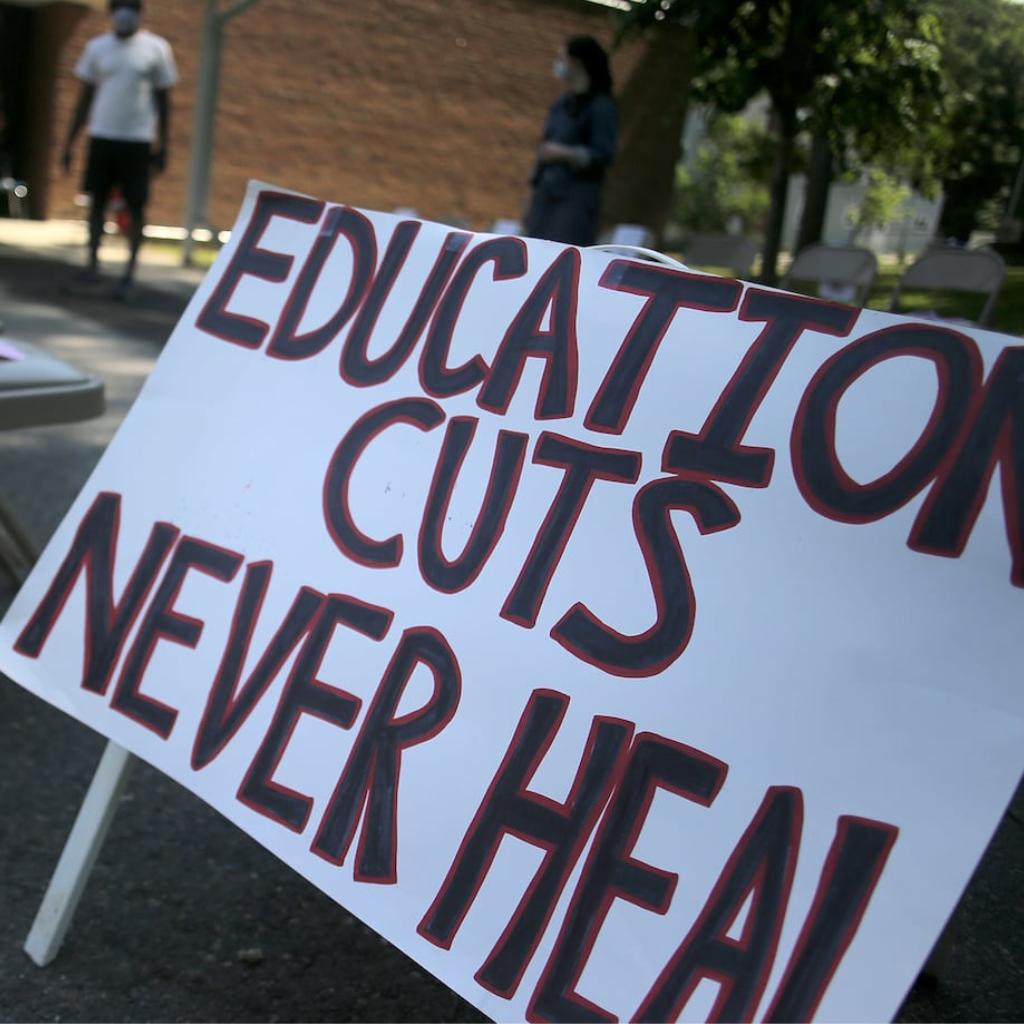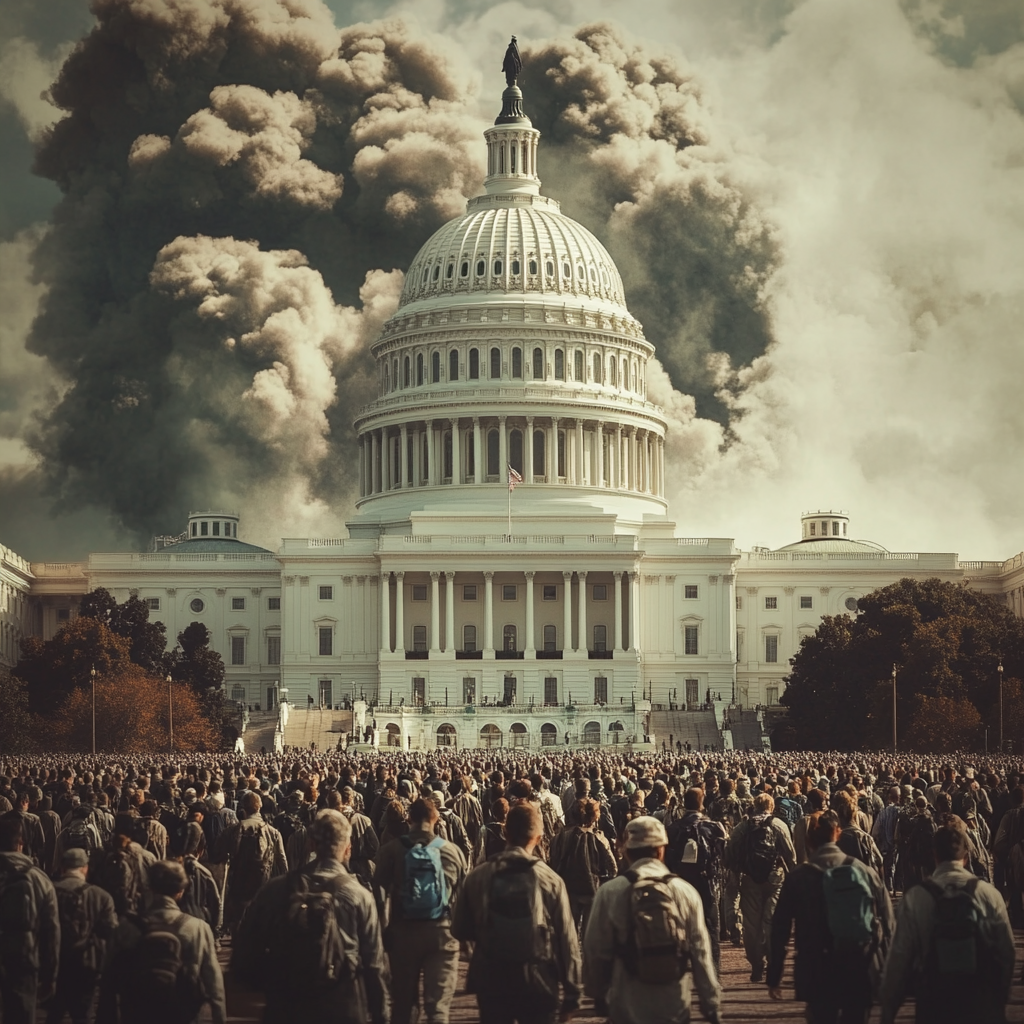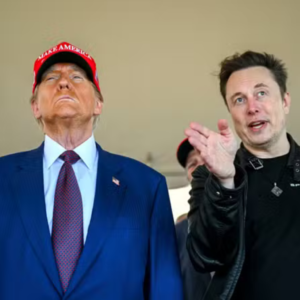This is Part 3 of a 6-part series on Trump and Musk’s executive overreach to reshape the United States Federal Government.
Read our:
Part 1: Impact on Federal Employees and Agencies
Part 2: Impact on Probationary Employees
Part 3: Impact on Education, Veterans Affairs, Energy and Human Health Services (currently reading)
The Trump administration’s sweeping federal workforce reductions have now extended into critical sectors, including veterans’ healthcare, education, energy, and public health. These layoffs, particularly targeting probationary employees who lack civil service protections, have raised alarms about the increasing consolidation of executive power. With individuals like Elon Musk exerting unelected influence over federal decision-making, concerns are mounting over the long-term consequences of these dismissals on public services and institutional stability.
Department of Veterans Affairs (VA) Layoffs
The Department of Veterans Affairs (VA) has been among the hardest-hit agencies, with over 1,000 probationary employees dismissed on February 13th. Many of these workers had been with the VA for less than two years and had not yet secured the employment protections afforded to more tenured federal employees. The layoffs came as a shock to many within the department, as the VA has long struggled with staffing shortages that impact the care and services provided to millions of veterans nationwide.
A particularly concerning aspect of these layoffs is the direct impact on critical research initiatives. Among those dismissed were researchers working on treatments for cancer, opioid addiction, prosthetic advancements, and burn pit exposure—areas vital to the well-being of both veterans and the general public. The loss of these specialized professionals threatens to slow or halt progress on key medical breakthroughs, setting back years of research and development efforts.
Senator Patty Murray (D-Wash.) was among the most vocal critics of the VA layoffs, highlighting the devastating impact on veterans’ healthcare and medical research. She argued that these cuts would have long-lasting consequences, particularly for service members who rely on advancements in medical science for their post-service healthcare needs. The senator called for immediate intervention to reinstate the affected employees and protect the integrity of ongoing research programs.
Education Department Layoffs
The Department of Education has also faced significant staffing cuts, with at least 39 employees fired. These layoffs included special education specialists and student aid officials—positions crucial to ensuring equal access to education for students with disabilities and providing financial assistance to millions of college students. The decision to eliminate these roles has sparked outrage among educators, parents, and advocacy groups who fear that already vulnerable populations will suffer as a result.
The layoffs were reported by a union representing agency workers, further underscoring concerns that the firings were politically motivated rather than based on genuine budgetary constraints. Union representatives warned that reducing staff in these key areas could lead to delays in processing student aid applications and a lack of resources for special education programs.

In addition to personnel cuts, the administration has made deep funding reductions to the Institute of Education Services (IES), an agency responsible for tracking student progress and education outcomes. Nearly $900 million in funding has been slashed, jeopardizing the future of data-driven education policy. The IES plays a crucial role in evaluating the effectiveness of educational programs, and with the reported termination of at least 169 contracts on February 10th, its ability to provide meaningful insights into student performance is now in question.
Energy Department Layoffs
The Department of Energy initially laid off hundreds of employees working on nuclear weapons programs on February 13th, sparking concerns about national security and the country’s ability to maintain its nuclear arsenal. However, this decision was largely reversed within hours, raising further questions about the administration’s competency in handling such a sensitive issue.
One of the most heavily impacted divisions was the National Nuclear Security Administration (NNSA), where as many as 350 employees were initially laid off. These workers play a vital role in ensuring the safety, security, and reliability of the U.S. nuclear stockpile. The abrupt decision to terminate their employment led to immediate backlash from defense officials and lawmakers, forcing the administration to walk back many of the layoffs.
Adding to the chaos, some employees lost access to their government email accounts before they were officially informed of their termination. This breakdown in communication exacerbated uncertainty and fear among federal workers, many of whom questioned whether their jobs would be reinstated. Three U.S. officials spoke on condition of anonymity about the disarray within the department, expressing concerns that these layoffs—and the subsequent reversal—could damage morale and deter top talent from working in the field of nuclear security.

The American Dream: A New Narrative
As the right wing reshapes government in their own image, two narratives about The American Dream compete. Read More>>
Department of Health and Human Services (HHS) Layoffs
Despite widespread reports of federal workforce reductions, information regarding layoffs within the Department of Health and Human Services (HHS) remains incomplete. The lack of transparency surrounding potential job cuts in such a critical agency raises concerns about the administration’s handling of public health initiatives.
HHS oversees agencies like the Centers for Disease Control and Prevention (CDC), the National Institutes of Health (NIH), and the Food and Drug Administration (FDA). Given the scale of layoffs seen in other federal departments, it is likely that similar reductions have occurred within HHS, yet no official figures have been released. The absence of clear data has fueled speculation that the administration may be deliberately obscuring the true extent of the cuts, particularly in areas related to pandemic preparedness and medical research.
The sweeping layoffs across multiple federal agencies represent a dramatic shift in the structure and functionality of the U.S. government. While the administration justifies these cuts as efficiency measures, the reality is that they have weakened critical services in veterans’ healthcare, education, energy security, and public health. The direct impact on research initiatives, student aid programs, nuclear security, and other essential functions suggests a broader effort to reshape the federal workforce in ways that may have lasting consequences.
Perhaps most concerning is the increasing influence of unelected figures, such as Elon Musk, in determining government policy and personnel decisions. The consolidation of executive power without proper oversight or accountability raises significant questions about the future of democratic governance in the United States. As agencies scramble to cope with these abrupt staffing reductions, the long-term effects on government efficiency and public trust remain uncertain. The coming months will be critical in determining whether these drastic workforce changes can be reversed—or if they mark a permanent restructuring of the federal government as we know it.





